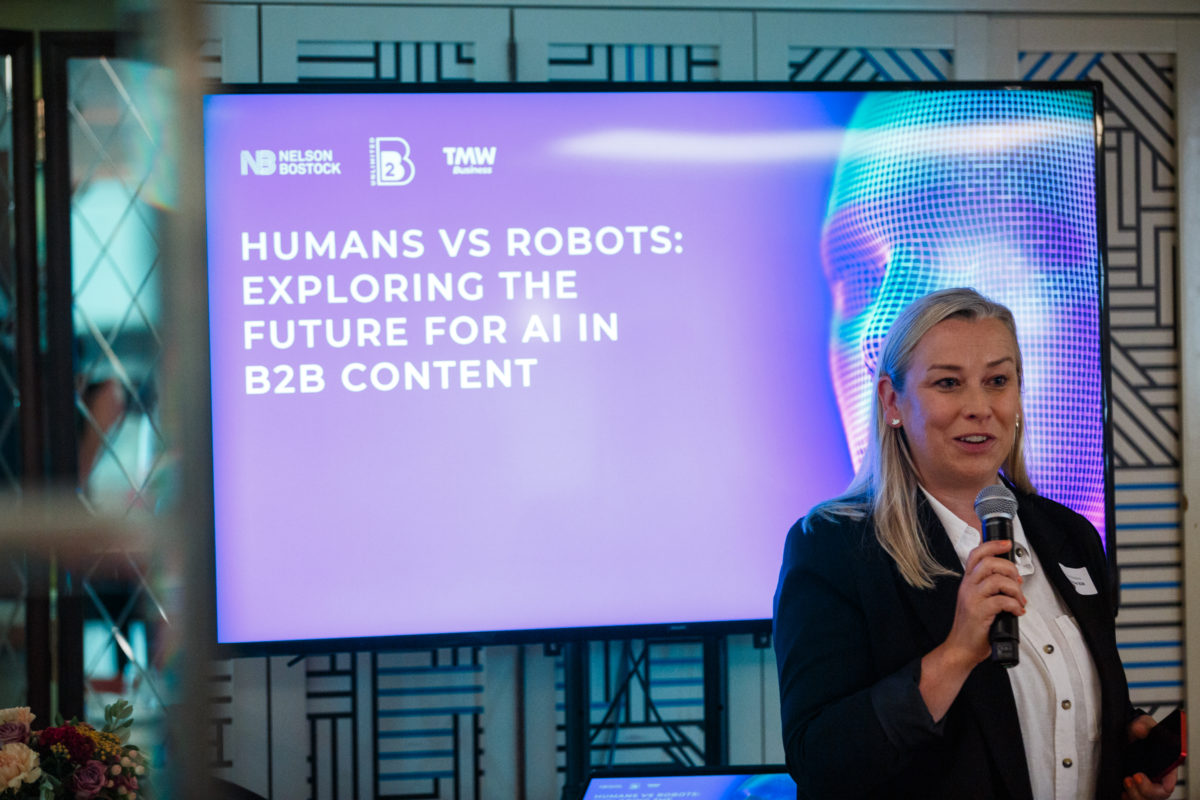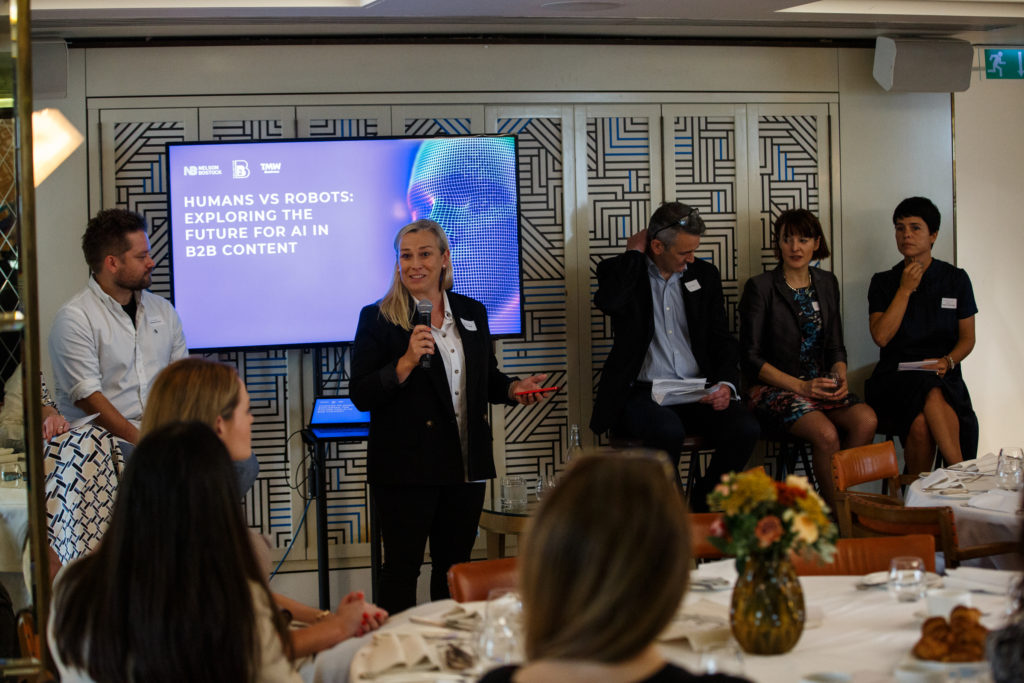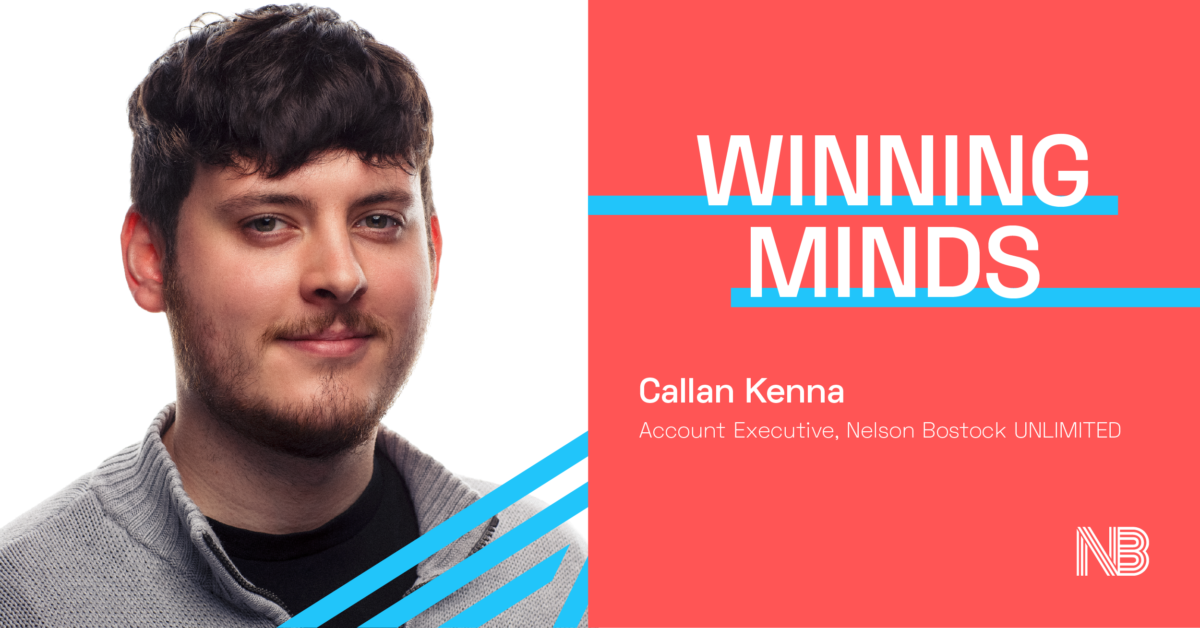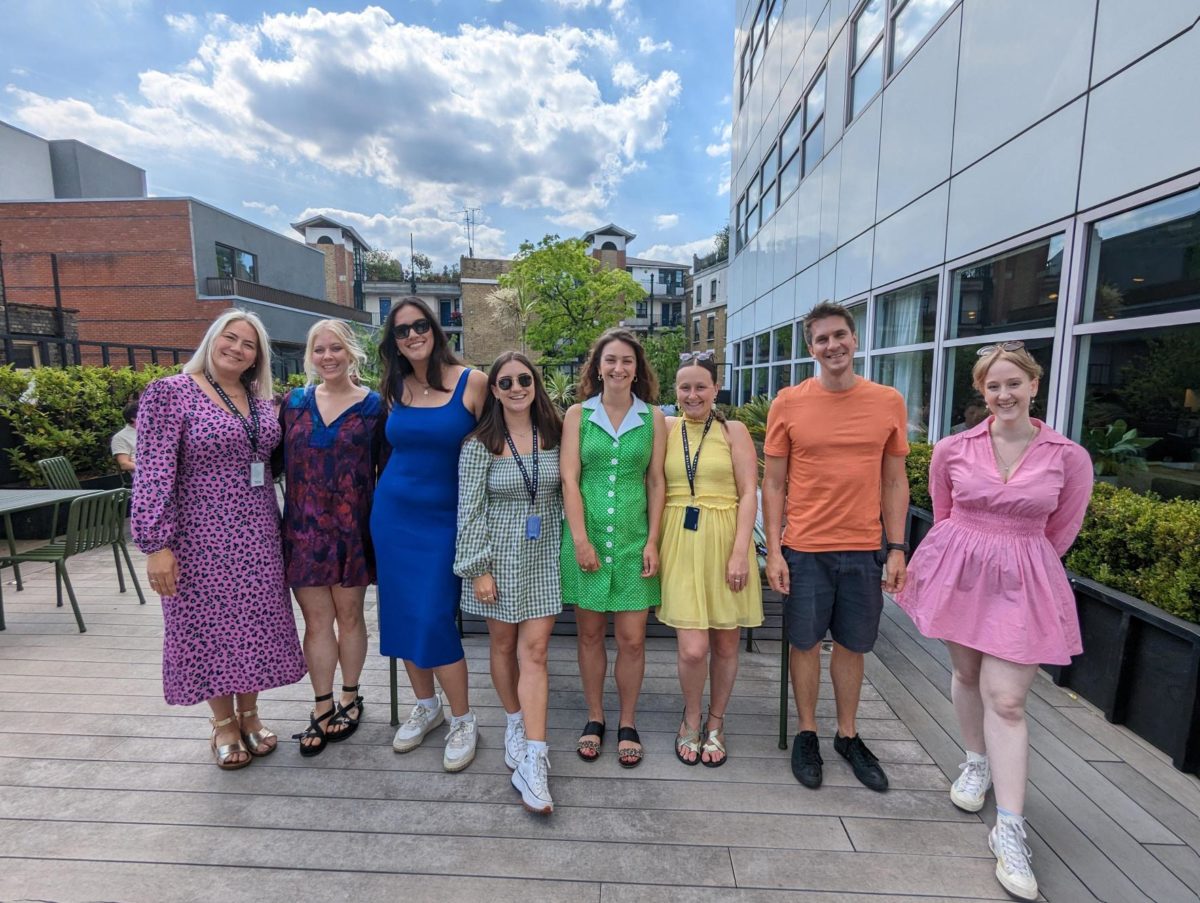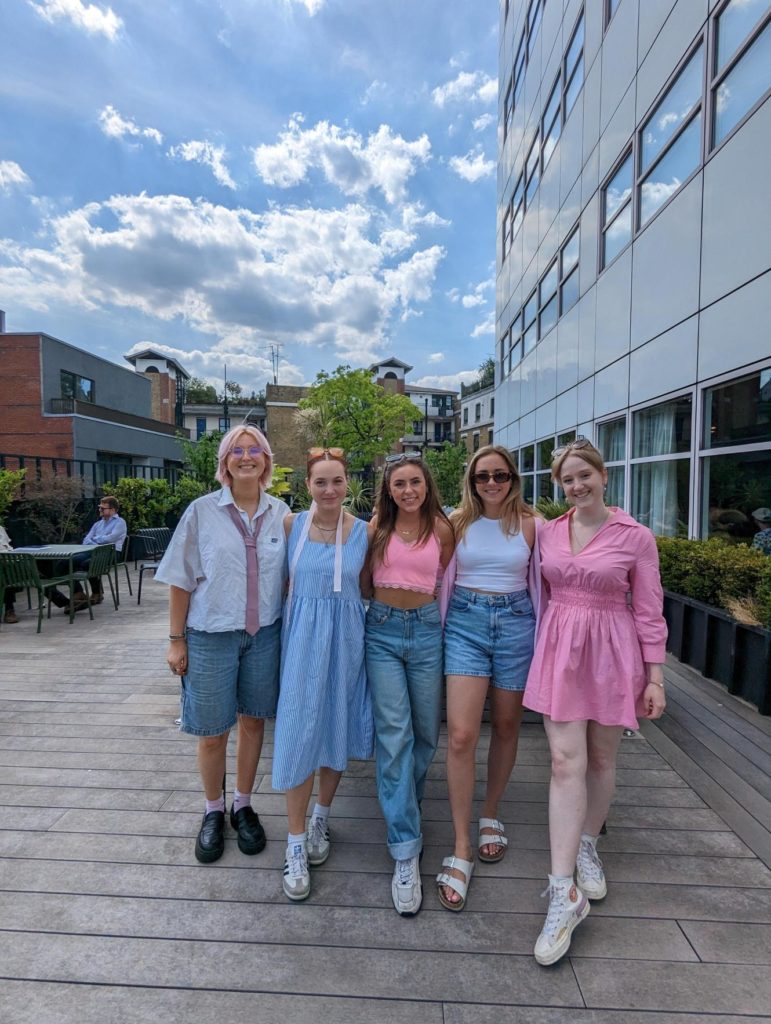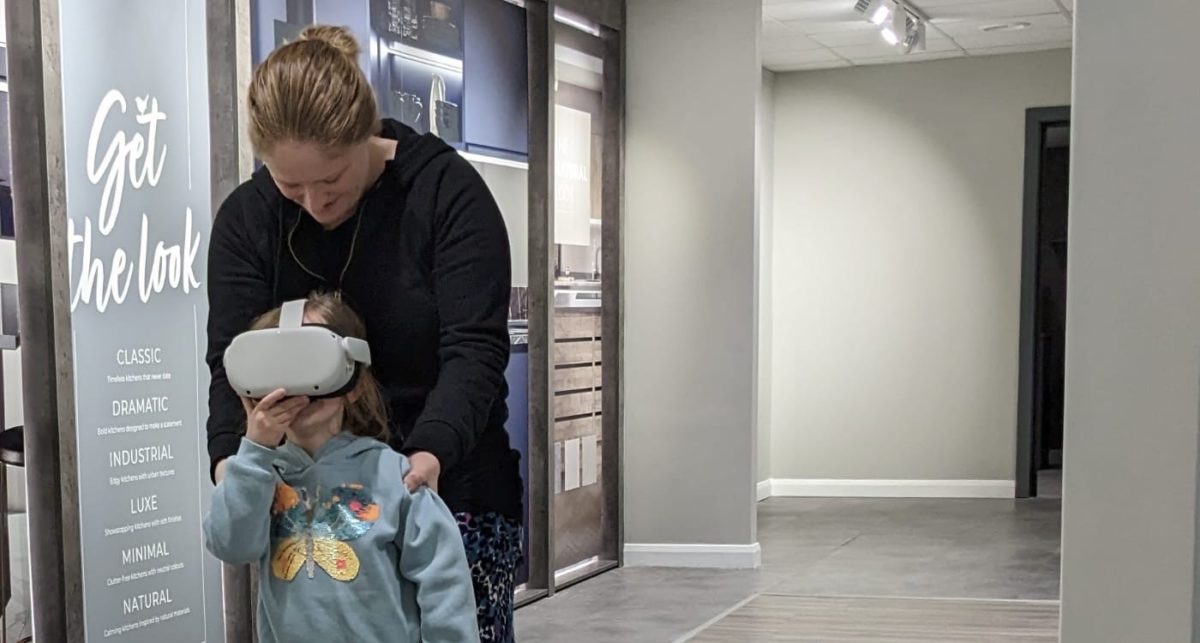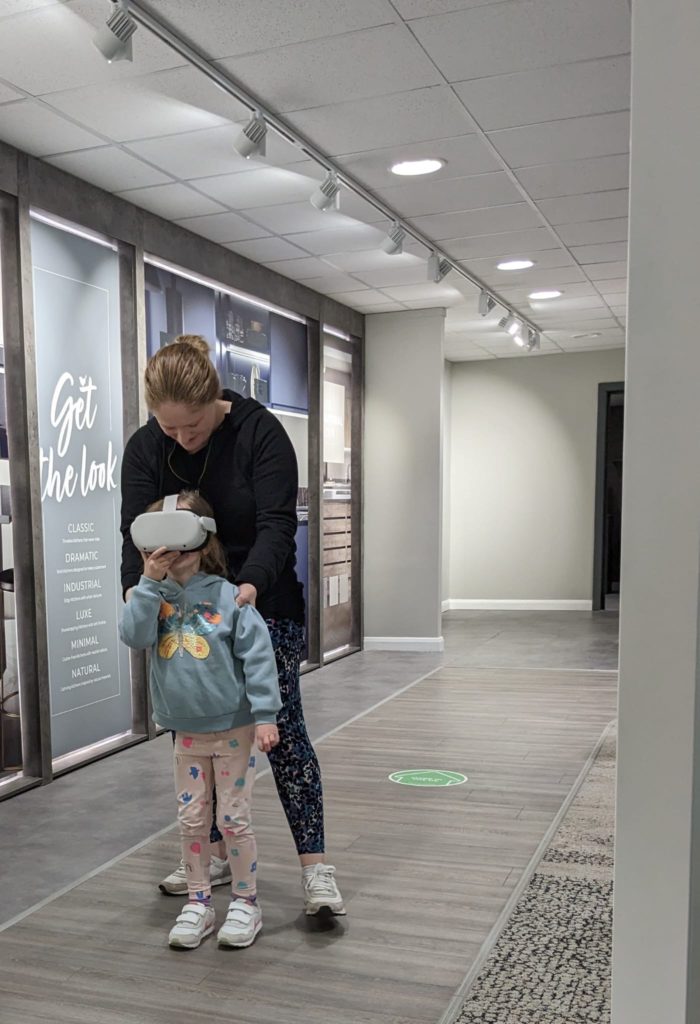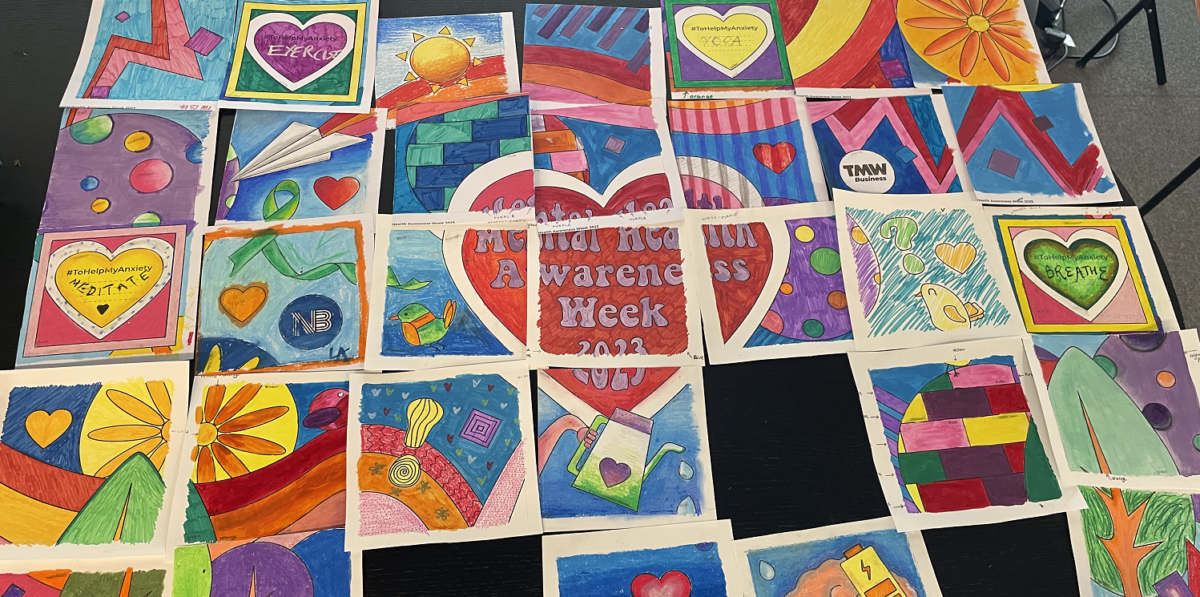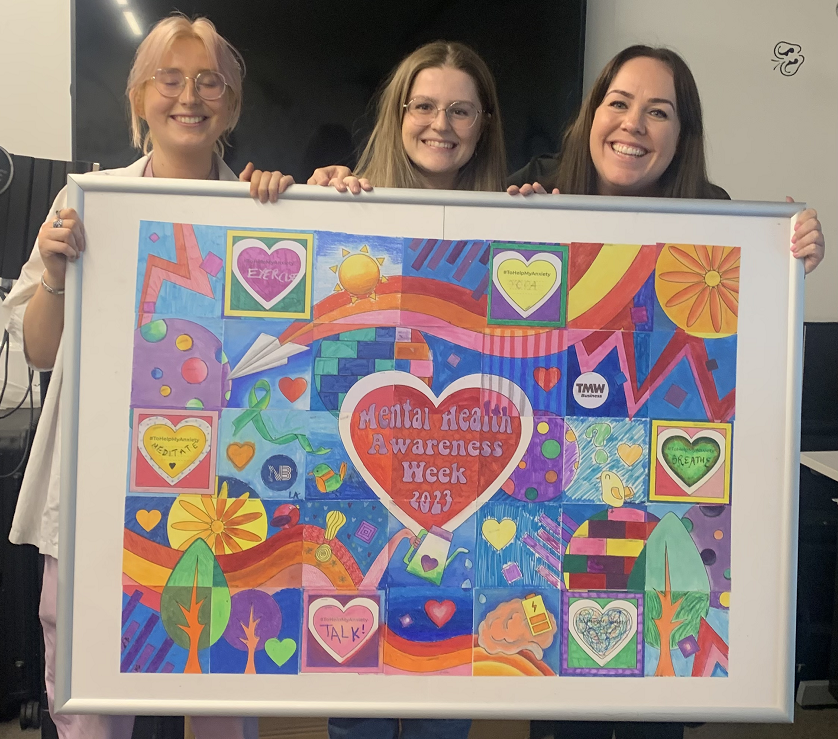On the 30th of November 2022, OpenAI launched ChatGPT – an AI chatbot which spots patterns in language, learns from its mistakes and provides eerily human conversation. The chatter around this new generation of AI hasn’t stopped since.
Fearful of missing their moment, tech giants such as Microsoft and Google rushed to release their own AI tools, with mixed results.
Many commentators were quick to predict the death of various jobs. They see waves of mass unemployment sweeping offices around the world, even hitting the world of marketing and communications.
After all, ChatGPT can churn out a press release in seconds. It can spit out blogs and bylines, summarise weighty reports, and write reams of web copy, all in less time than it takes to make a cup of tea.
So, why should businesses invest in PR agencies when they can create their own content in moments, for free?
For a start, even its biggest fans will admit that ChatGPT and similar tools are still a work in progress. As an example, let’s take a core PR skill: writing a killer pitch to hook a journalist.
Here’s how the conversation went:


So far, so average. One of the biggest drawbacks with tools such as ChatGPT is that, by definition, it can’t create anything truly original. The subject line isn’t wrong. But tech writers will receive hundreds of emails on some variation of ‘AI revolution’.
Of course, in reality, pitches are written with a particular journalist in mind, allowing a targeted approach and a personal touch. If this was a real pitch, we could supply background information about the company too, so the chatbot wouldn’t need to make up details such as ‘utilizing AI technology since 2016’.
But there’s another problem – it’s too long. Journalists are busy and usually want to get straight to the point. Let’s ask again:

Things have started to unravel. What event? What product?
Not only that, but there are gaps in the logic. It’s telling the journalist that they get a lot of emails – so they should come to an event instead.
Speaking at the Human vs Robots event on AI in B2B, Dr. Cristina de Balanzo, expert in neuroscience, identified this exact shortcoming.
“AI can only mimic rational decision-making,” she said – it’s not able to adjust according to things that our “human insight” makes us experts in, like context. While our human brains are always subconsciously drawing on things like memory, intuition, and empathy, AI simply “lacks common sense, free will, opinion and creativity.”
You can hear more about the event in our 5 key takeaways blog.
Let’s try refining our prompt further:

From offering an interview about AI in PR, we’re now running a podcast on AI in healthcare and education. One more try:

It would have been easier, at this point, to write it the ‘old-fashioned way’. Perhaps one day (and with better prompting) tools similar to ChatGPT could save a lot of time for tasks like this.
But there’s a more fundamental shortcoming to AI tools in PR: they can never apply experience of the real world to a challenge.
Great comms calls for empathy
The core mark of a successful comms professional is truly understanding their clients, and their target audience, on a human level.
Communicating effectively is impossible without empathy. It’s about knowing what to say, and how to say it, rather than rattling off press releases and bylines.
PR pros tap into their market expertise to create messaging that lands with specific target audiences. And that means knowing what drives those stakeholders on day-to-day basis.
As Tim Brennan, Senior Account Manager, Nelson Bostock, explains:
“Behind every pitch, there’s more context than an AI could possibly be expected to know. Each pitch is crafted with comms objectives in mind, which in turn link to specific business objectives. That affects who we choose to pitch to, the topics we pitch around, what we offer the journalist, and so on.
“PR, at its heart, is about relationships. We build up individual connections with journalists and clients over a long period, adding a crucial layer of background and credibility. ChatGPT can’t attend a media meet to find out what’s inspiring a journalist. It can’t jump on a call with a client to understand a nuanced message. And it can’t pick up the phone to drive a story home.”
Without this strategic view, plus a deep knowledge of the media landscape and strong relationships with journalists, it’s simply not possible to tell our clients’ stories in a way that resonates.
Standing out from the crowd demands original thought. That’s why creating engaging and impactful thought leadership is presently beyond the capability of ChatGPT.
In short, weaving a story that stickswill always require creativity, passion, and ultimately, a touch of humanity.








